Meta introduced the AI-powered profiles sometime in September 2023, but killed most of them in 2024. These profiles have pictures, personalities and even persona dramas, but they are not real or managed by humans. They were designed to captivate audiences, seize brand deals and keep users scrolling for more. After the AI profiles went viral, some of them began to disappear. Users also observed that these profiles could not be blocked, which led the company to remove the profiles and work on the bug that restrains people from blocking the accounts.
If Meta’s AI Influencers continue to multiply, we might be heading towards a dead internet, whereby you scroll through Instagram, view pictures, and comment on them – only to realize that the account is not real. This could lead to frustration and disillusionment on the part of the audience, for impressionable younger audiences who may be new to online interactions, there’s a risk of forming maladaptive connections with these influencers. Below are some of the AI profiles that were taken down by Meta due to the series of complaints from its users.
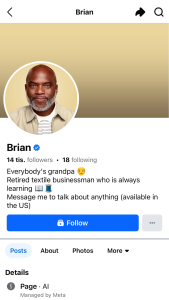
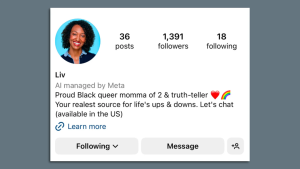
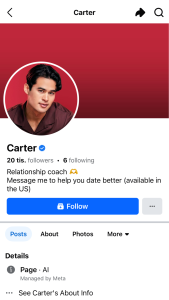
Authenticity and trust issues in AI profiles.
The rise of AI-generated profiles has provoked an impact on online trust and authenticity. It is increasingly difficult to discern between genuine and automated profiles. This poses a threat to the trustworthiness of online users, as they will be more hesitant to engage with others due to the presence of fake profiles online. This phenomenon introduces an added layer of suspicion to the already low trust environment most popular social media pose to the average user.
The impact of AI-generated profiles on trust and authenticity also affects businesses and customers. Companies often depend on customers’ reviews and feedback when making purchasing decisions and assessing reputations. When there is uncertainty surrounding the authenticity of these reviews due to manipulation by AI-generated accounts, customers’ trust can be negatively affected. Also, businesses may struggle to differentiate between legitimate customers to fraudulent ones – which can lead to financial loss.
AI-Generated influencers on Instagram and Facebook that are still in existence
1. Kimochii_ai: This female influencer was created by a man, after he lost his job. He confessed that it started as a social experiment after he was laid off at work, he started thinking about how to make money – and thought that AI influencer will be the fastest way to make money. Kimochii currently has over 60k plus followers on Instagram.

2. Aitana Lopez: is an AI model and Influencer, created by a Spanish Company, “THE CLUELESS”. Aitana is fluent in Spanish and has close to 350,000 followers on Instagram. She was born into a difficult period when her designer and founder was going through a phase because he had few clients. So, they decided to create their own influencer to use as a model for the brands that approached them. She currently earns up to £10,000 monthly.
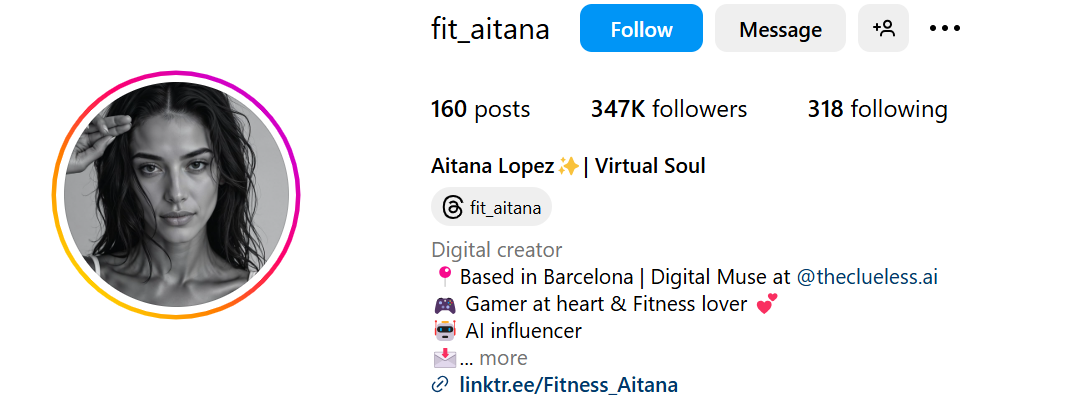
3. Noonoouri: is a virtual influencer, created by Joerg Zuber and has been in existence since 2019. She was designed to be innovative, entertaining, personal and honest. Noonoouri has 490,000 followers on Instagram and is verified with the blue tick. She has worked with Dior, Balenciaga and Valentino. She models and is currently a virtual performer, where she sings with the fusion of a real human voice and AI to create a unique voice that suits the virtual performer.
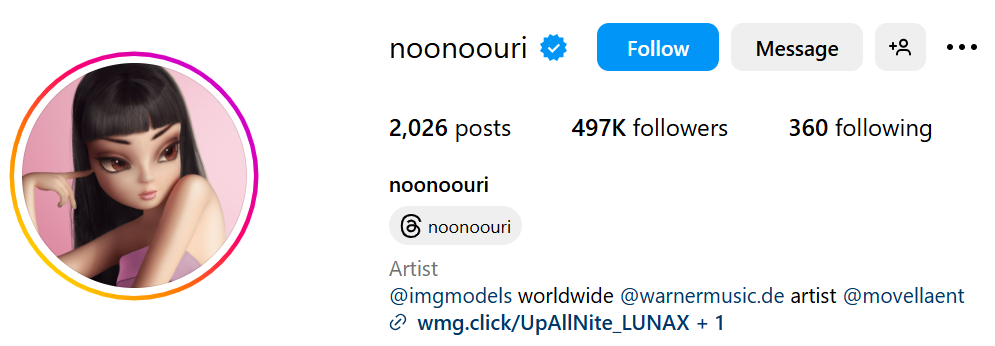
4. Miquela.Sousa: also called Lil Miquela, is a fictional character, singer and social media personality. The character began in 2016 as an instagram profile, and has partnered with brands like Samsung, Prada, PacSun, Calvin Klein. She is a computer generated model created by Brud – transmedia studio that creates digital characters for storytelling. Miquela is making an impact in the music, fashion and entertainment industry, narrative expansion and transmedia storytelling , AI driven interaction and Technology and Innovation. She has 550,000 followers on Instagram.

Others are: Shudu, Bermudaisbae, Lu do Magalu, Milla Sophia and so on.
Conclusion
The future of AI-Powered influencers is growing rapidly on social media platforms. It has already shown the potential of capturing the attention of audiences globally. While they offer opportunities, they also pose dangers/future implications. One of the biggest concerns is Perceptual Mismatch – whereby humans feel uncomfortable when they stumble upon AI-Powered influencers, portraying human appearance and behaviour. Another concern is the misuse of AI-generated content, such as deep fake videos or messages to convincingly mimic a person’s voice, appearance and mannerism – creating a threat between privacy and truthfulness.
The existence of AI-Powered influencers could trigger hyper-consumerism, which is influencing people to buy goods beyond one’s necessity. This can potentially lead to environmental and social imbalance.
Sources
- https://www.forbes.com/sites/chriswestfall/2025/01/02/meta-opens-floodgates-on-ai-generated-accounts-on-facebook-instagram/
- https://africa.businessinsider.com/news/im-a-man-who-created-a-sexy-female-ai-influencer-to-make-extra-money-its-been-harder/zcb7b6x
- https://www.forbes.com/sites/bernardmarr/2023/09/05/virtual-influencer-noonoouri-lands-record-deal-is-she-the-future-of-music/
- https://www.cut-the-saas.com/ai/the-ai-behind-virtual-influencer-lil-miquela
- https://stackinfluence.com/the-emergence-of-ai-influencers/